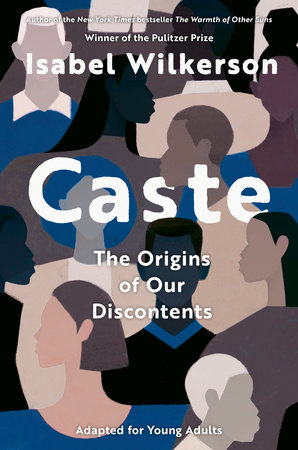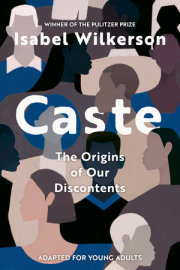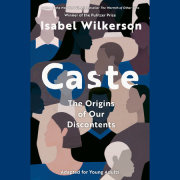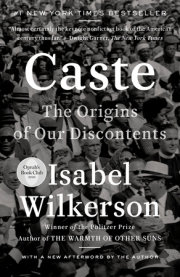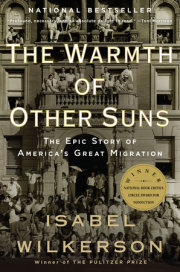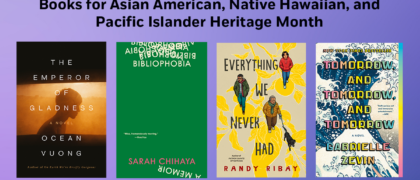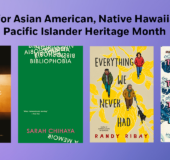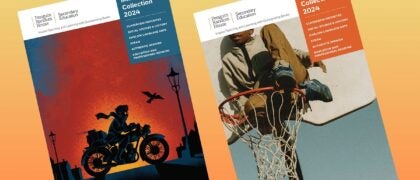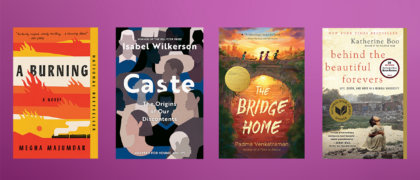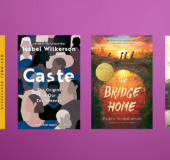Part One
A Structure Built Long Ago
chapter one
The Afterlife of Pathogens
In the haunted summer of 2016, an unaccustomed heat wave struck the Siberian tundra on the edge of what the ancients once called the End of the Land. Above the Arctic Circle, the heat rose beneath the earth’s surface and bore down from the sky, the air reaching an inconceivable 95 degrees on the Russian peninsula of Yamal. Wildfires flared, and pockets of methane gurgled beneath the normally frozen soil in the polar region.
Soon, the children of the indigenous herdsmen fell sick from a mysterious illness that many people alive had never seen and did not recognize. A twelve-year-old boy developed a high fever and acute stomach pangs, and passed away. Russian authorities declared a state of emergency and began airlifting hundreds of the sickened herding people, the Nenets, to the nearest hospital in Salekhard.
Scientists then identified what had afflicted the Siberian settlements. The aberrant heat had chiseled far deeper into the Russian permafrost than was normal and had exposed a toxin that had been encased since 1941, when the world was last at war. It was the pathogen anthrax, which had killed herds of reindeer all those decades ago and lain hidden in the animal carcasses long since buried in the permafrost. A thawed and tainted carcass rose to the surface that summer, the pathogen awakened, intact and as powerful as it had ever been. The pathogen spores seeped into the grazing land and infected the reindeer and spread to the herders who raised and relied upon them. The anthrax, like the reactivation of the human pathogens of hatred and tribalism in this evolving century, had never died. It lay in wait, sleeping, until extreme circumstances brought it to the surface and back to life.
On the other side of the planet, the US, the world’s oldest and most powerful democracy was in spasms over an election that would transfix the Western world and become a psychic break in American history, one that will likely be studied and dissected for generations.
For the first time in history, a woman was running as a major party candidate for president of the United States. A household name, the candidate was a no-nonsense national figure overqualified by some estimates, conventional and measured if uninspiring to her detractors, with a firm grasp of any policy or crisis that she might be called upon to address. Her opponent was a blunt-spoken billionaire, a reality television star prone to assailing most anyone unlike himself, who had never held public office and who pundits believed had no chance of winning his party’s primaries much less the presidency.
On the face of it, what is commonly termed race in America was not at issue. Both candidates were white, born to the country’s historic dominant majority. But the woman candidate represented the more liberal party made up of a patchwork of coalitions of, roughly speaking, the humanitarian-minded and the marginalized. The male candidate represented the conservative party that in recent decades had come to be seen as protecting an old social order benefitting and appealing largely to white voters.
Observers the world over recognized the significance of the election. Onlookers in Berlin and Johannesburg, Delhi and Moscow, Beijing and Tokyo, stayed up late into the night or the next morning to watch the returns that second Tuesday in November 2016. Inexplicably to many outside the United States, the outcome would turn not on the popular vote, but on the Electoral College, an American invention from the founding era of slavery by which each state has a say in declaring the winner based on the electoral votes assigned them and the outcome of the popular ballot in their jurisdiction.
By then, there had been only five elections in the country’s history in which the Electoral College or a similar mechanism had overruled the popular vote, two such cases occurring in the twenty-first century alone. One of those two was the election of 2016, a collision of unusual circumstance.
The election would set the United States on a course toward isolationism, tribalism, the walling in and protecting of one’s own, the worship of wealth and acquisition at the expense of others, even of the planet itself. After the votes had been counted and the billionaire declared the winner, to the shock of the world and of those perhaps less steeped in the country’s racial and political history, a man on a golf course in Georgia could feel freer to express himself. He was a son of the Confederacy, which had gone to war against the United States for the right to enslave other humans. The election was a victory for him and for the social order he had been born to. He said to those around him, “I remember a time when everybody knew their place. Time we got back to that.”
In the ensuing months, as the new president pulled out of treaties and entreated dictators, many observers despaired of the end of democracy and feared for the republic. On his own, the new leader withdrew the world’s oldest democracy from the 2016 Paris Agreement, in which the nations of the world had come together to battle climate change, leaving many to anguish over an already losing race to protect the planet.
What had happened to America? The earth had shifted overnight, or so it appeared. We have long defined earthquakes as arising from the collision of tectonic plates that force one wedge of earth beneath the other, believed that the internal shoving match under the surface is all too easily recognizable. In classic earthquakes, we can feel the ground shudder and crack beneath us, we can see the devastation of the landscape or the tsunamis that follow.
What scientists have only recently discovered is that the more familiar earthquakes, those that are easily measured while in progress and instantaneous in their destruction, are often preceded by longer, slow-moving, catastrophic disruptions rumbling twenty miles or more beneath us, too deep to be felt and too quiet to be measured for most of human history. They are as potent as those we can see and feel, but they have long gone undetected because they work in silence, unrecognized until a major quake announces itself on the surface. Only recently have geophysicists had technology sensitive enough to detect the unseen stirrings deeper in the earth’s core. They are called silent earthquakes. And only recently have circumstances forced us, in this current era of human rupture, to search for the unseen stirrings of the human heart, to discover the origins of our discontents.
By the time of the American election that fateful year, back on the northernmost edge of the world, the Siberians were trying to recover from the heat that had stricken them months before. Dozens of the indigenous herding people had been relocated, some quarantined and their tents disinfected. The authorities embarked on mass vaccinations of the surviving reindeer and their herders. They had gone for years without vaccinations because it had been decades since the last outbreak, and they felt the problem was in the past. “An apparent mistake,” a Russian biologist told a Russian news site. The military had to weigh how best to dispose of the two thousand dead reindeer to keep the spores from spreading again. It was not safe merely to bury the carcasses to rid themselves of the pathogen. They would have to incinerate them in combustion fields at up to five hundred degrees Celsius, then douse the cinders and surrounding land with bleach to kill the spores to protect the people going forward.
Above all, and more vexing for humanity at large, was the sobering message of 2016 and the waning second decade of a still-new millennium: that rising heat in the earth’s oceans and in the human heart could revive long-buried threats, that some pathogens could never be killed, only contained, perhaps at best managed with ever-improving vaccines against their expected mutations.
What humanity learned, one would hope, was that an ancient and hardy virus required perhaps more than anything, knowledge of its ever-present danger, caution to protect against exposure, and alertness to the power of its longevity, its ability to mutate, survive and hibernate until reawakened. It seemed these contagions could not be destroyed, not yet anyway, only managed and anticipated, as with any virus, and that foresight and vigilance, the wisdom of never taking them for granted, never underestimating their persistence, was perhaps the most effective antidote, for now.
Copyright © 2022 by Isabel Wilkerson. All rights reserved. No part of this excerpt may be reproduced or reprinted without permission in writing from the publisher.

